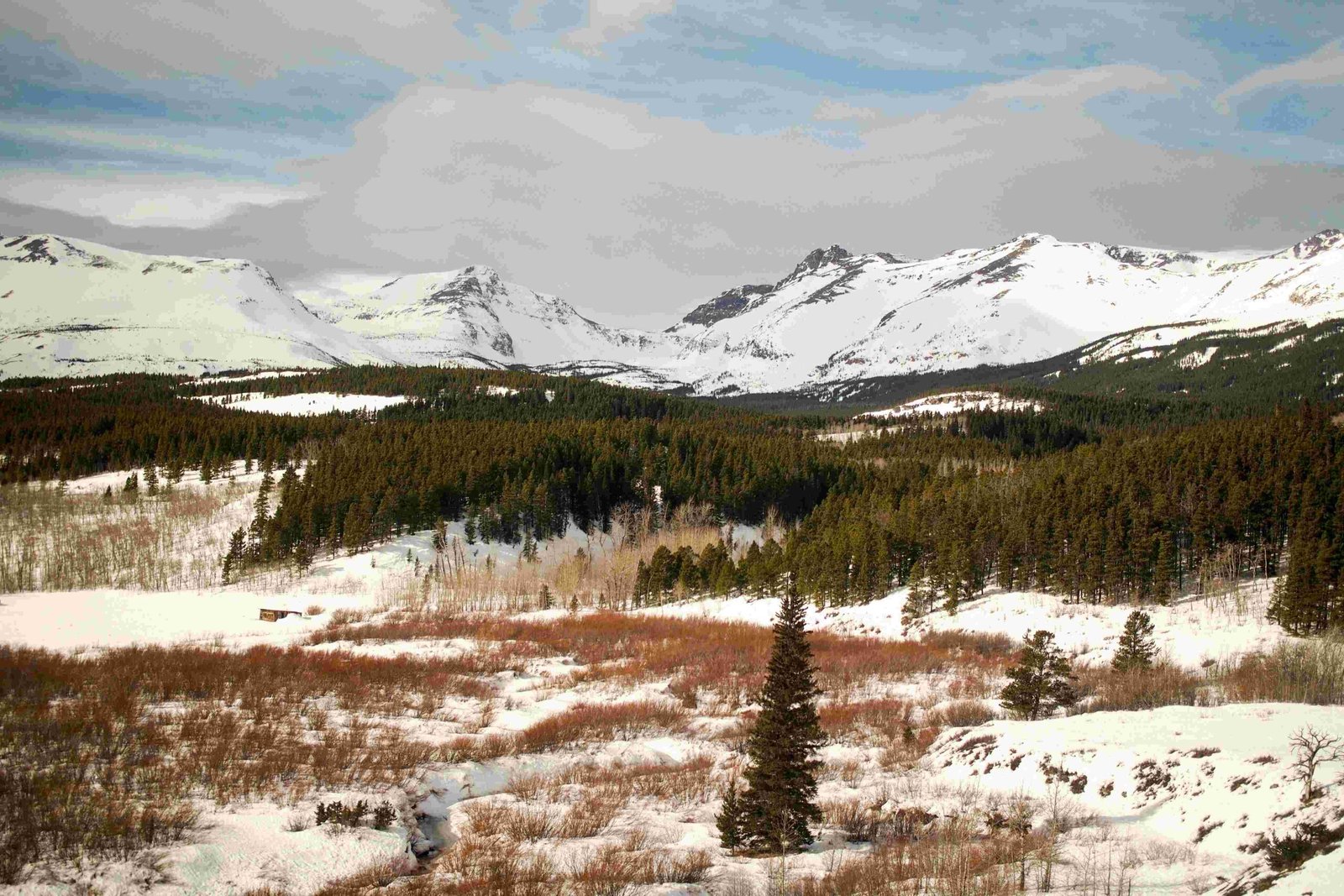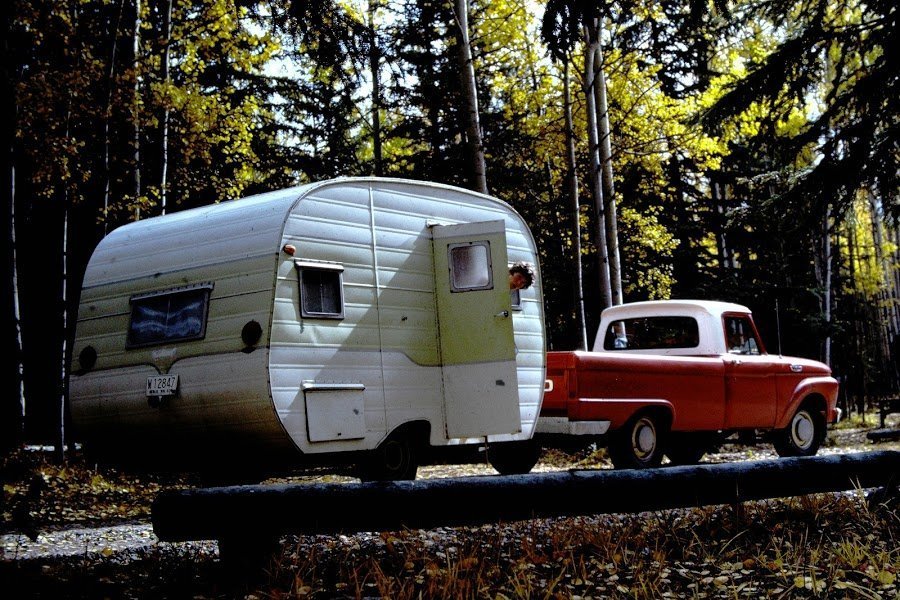The elevation of treeline at Glacier National Park varies significantly across the park’s diverse landscape. On the west slope, the treeline reaches approximately 6,900 feet, while on the east slope, it descends to around 6,000 feet. This variation is influenced by microclimates, slope aspects, and exposure to environmental factors. The treeline marks a crucial transition zone between subalpine forests and alpine tundra, hosting unique ecosystems and plant adaptations.
What Is the Specific Elevation of the Treeline at Glacier National Park?

The treeline elevation at Glacier National Park is not uniform across the entire park. Here’s a breakdown of the treeline elevations:
- West slope: Approximately 6,900 feet
- East slope: Around 6,000 feet
This variation is due to several factors:
- Microclimates
- Slope aspect (north-facing vs. south-facing)
- Exposure to wind and sunlight
- Local topography
It’s important to note that the treeline is not a sharp, distinct line but rather a gradual transition zone. Within this zone, trees become increasingly stunted and sparse as elevation increases.
What Characterizes the Treeline Ecology at Glacier National Park?

The treeline ecology at Glacier National Park is a fascinating transition between two distinct ecosystems:
- Subalpine forests
- Alpine tundra
Key characteristics of this ecological zone include:
- Vegetation Types:
- Subalpine fir (Abies lasiocarpa)
- Krummholz (stunted, shrub-like trees)
-
Alpine tundra plants (low-growing shrubs, grasses, and forbs)
-
Plant Adaptations:
- Stunted growth
- Compact shapes
- Low profiles
- Deep root systems
- Specialized physiological traits
These adaptations help plants survive the harsh conditions at high elevations, including:
- Strong winds
- Cold temperatures
- Short growing seasons
- Limited moisture
What Are the Primary Factors Affecting Treeline Elevation?
Several interrelated factors influence the elevation of the treeline at Glacier National Park:
1. Climatic Factors
| Factor | Impact on Treeline |
|---|---|
| Temperature | Colder temperatures at higher elevations limit tree growth |
| Growing Season | Shorter growing seasons restrict tree establishment and growth |
| Precipitation | Heavy snow and ice can damage trees and limit growth |
| Wind | Strong winds can cause mechanical damage and desiccation |
2. Geological Factors
- Slope Aspect: South-facing slopes generally have higher treelines due to increased sunlight and warmer temperatures.
- Topography: Sheltered areas may support tree growth at higher elevations.
3. Biological Factors
- Tree Species: Different species have varying tolerances to high-elevation conditions.
- Adaptability: The ability of trees to adapt to harsh environments affects their upper growth limits.
What Types of Vegetation Are Present at the Treeline?
The treeline at Glacier National Park hosts a diverse array of plant life adapted to the challenging high-elevation environment:
- Subalpine Fir (Abies lasiocarpa)
- Dominant tree species at the treeline
-
Often grows in krummholz form at higher elevations
-
Krummholz
- Stunted, shrub-like trees
- Shaped by harsh winds and cold temperatures
-
Provides shelter for other plants and animals
-
Alpine Tundra Vegetation
- Low-growing shrubs
- Grasses (e.g., alpine bluegrass)
- Sedges
- Wildflowers (e.g., alpine forget-me-not, moss campion)
Distribution and Growth Patterns
- Elevation Gradient:
- Subalpine fir and krummholz dominate at the treeline
-
Alpine tundra vegetation increases above the treeline
-
Growth Characteristics:
- Slow growth rates due to short growing seasons
-
Compact and low-growing forms to withstand wind and cold
-
Microhabitat Preferences:
- Some species prefer rocky outcrops
- Others thrive in sheltered depressions or snow-free areas
How Does Climate Change Impact the Treeline at Glacier National Park?
Climate change is having a significant impact on the treeline ecosystem at Glacier National Park:
- Treeline Advancement
- Warming temperatures are allowing trees to establish at higher elevations
-
This process is gradual and varies across the park
-
Changes in Species Composition
- Some tree species may become more dominant as conditions change
-
Alpine tundra plants may face increased competition from advancing trees
-
Altered Growing Seasons
- Longer, warmer growing seasons may benefit tree growth at high elevations
-
However, changes in precipitation patterns could offset these benefits
-
Increased Disturbances
- More frequent wildfires may affect treeline dynamics
-
Insect outbreaks could impact tree health and survival
-
Ecosystem Shifts
- The unique treeline ecosystem may shrink as trees advance upslope
- This could lead to habitat loss for specialized alpine species
What Research Is Being Conducted on Treeline Dynamics at Glacier National Park?
Ongoing research at Glacier National Park is providing valuable insights into treeline dynamics:
- Long-term Monitoring
- Researchers are tracking changes in treeline position over decades
-
This includes repeat photography and field surveys
-
Remote Sensing Studies
-
Satellite imagery and aerial photography are used to map treeline changes across large areas
-
Dendrochronology
-
Tree ring analysis helps reconstruct past climate conditions and tree growth patterns
-
Experimental Studies
-
Some researchers are conducting experiments to understand how treeline species respond to simulated climate change conditions
-
Biodiversity Assessments
- Scientists are documenting changes in plant and animal communities at the treeline
This research is crucial for understanding how the treeline ecosystem at Glacier National Park may change in the future and for developing appropriate management strategies.
How Can Visitors Experience the Treeline Ecosystem at Glacier National Park?
Visitors to Glacier National Park have several opportunities to experience the unique treeline ecosystem:
- Hiking Trails
- Many trails pass through or near the treeline zone
-
Examples include the Highline Trail and Siyeh Pass Trail
-
Scenic Drives
-
The Going-to-the-Sun Road offers views of the treeline as it climbs to Logan Pass
-
Ranger-led Programs
-
Park rangers often lead educational hikes and talks about high-elevation ecosystems
-
Observation Points
-
Logan Pass and other high-elevation viewpoints provide excellent opportunities to observe the treeline
-
Photography
- The treeline zone offers unique photographic opportunities, especially during sunrise and sunset
When visiting the treeline area, it’s important to:
– Stay on designated trails to protect fragile vegetation
– Be prepared for rapidly changing weather conditions
– Respect wildlife and maintain a safe distance
By understanding and appreciating the elevation of treeline at Glacier National Park, visitors can gain a deeper appreciation for this unique and fragile ecosystem. The treeline represents a critical transition zone that is sensitive to environmental changes and plays a vital role in the park’s overall ecology.
References:
1. Jake’s Nature Blog – Tree Line – What Elevation Is It In The Rockies?
2. USGS Publication – A half century of change in alpine treeline patterns at Glacier National Park, Montana, U.S.A.
3. 14ers.com Forum – Treeline elevation